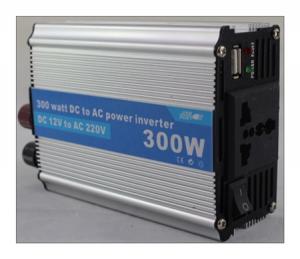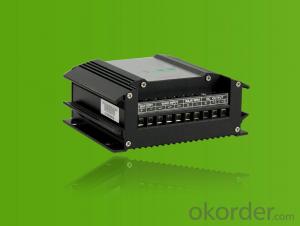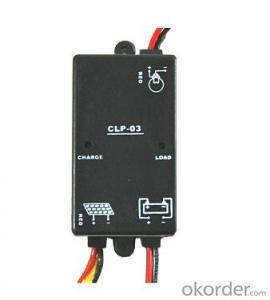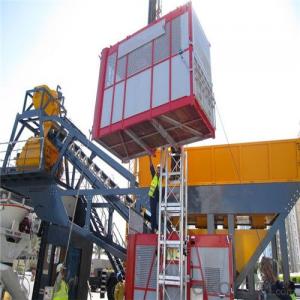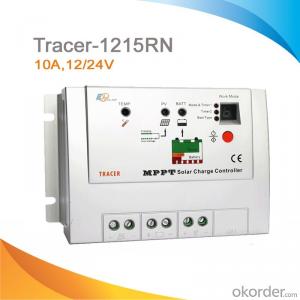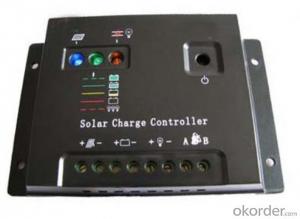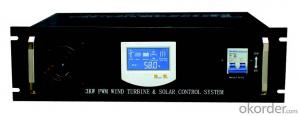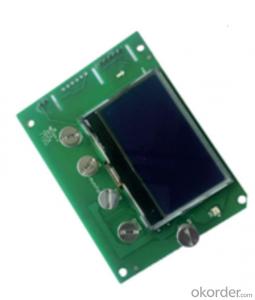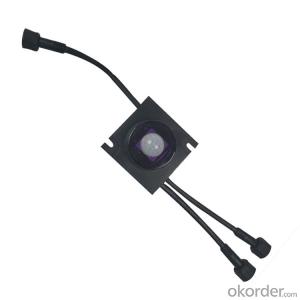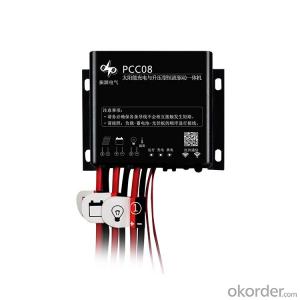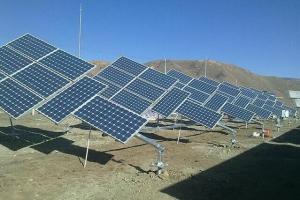Heliotrope Solar Controller
Heliotrope Solar Controller Related Searches
100w Solar Panel With Inverter Best Solar Panel Inverter 5000 Series Cast Aluminum Plate Portable Solar Panel Inverter First Solar Series 6 Module 12 Volt Solar Panel Inverter Plastic Solar Lanterns Buy Solar Panel Inverter Solar Panel Inverter Cost Solar Panel Without InverterHot Searches
Solar Hot Water Collectors For Sale 8 Inch Water Pump For Sale Solar Inverter For Split Ac Solar Inverter With Ac Outlet 1 Hp Solar Water Pump Price Jain Solar Water Pump Price Kirloskar Solar Water Pump Price Aluminum Ac Coil Scrap Price China Solar Ac Module Solar Pump Inverter Price Lorentz Solar Water Pumps Price Price Of Water Cooler Evacuated Tube Solar Collectors Price Lorentz Solar Pumps Price Cost Of Evacuated Tube Solar Collectors Buy Hot Water Bag Fish Tank Air Pump Price Aquarium Air Pump Price Air Pump Price Chlorine Dosing Pump PriceHeliotrope Solar Controller Supplier & Manufacturer from China
Okorder.com is a professional Heliotrope Solar Controller supplier & manufacturer, offers integrated one-stop services including real-time quoting and online cargo tracking. We are funded by CNBM Group, a Fortune 500 enterprise and the largest Heliotrope Solar Controller firm in China.Hot Products
FAQ
- To determine the maximum load output current for a solar controller, you will need to consider a few key factors. Firstly, check the specifications provided by the manufacturer of the solar controller. This information is usually available in the product manual or on the manufacturer's website. Look for the maximum load output current rating, which is typically given in amps (A). Additionally, consider the size and capacity of your solar panel system. The maximum load output current of the solar controller should be compatible with the capacity of your solar panels. If your solar panels have a higher output current than the controller's maximum load output current, it may lead to system inefficiencies or potential damage. Moreover, it is important to consider the load you intend to connect to the solar controller. Determine the maximum current that the load requires to operate properly. Ensure that the load's current requirement is within the range supported by the solar controller. If the load's current requirement exceeds the maximum load output current of the controller, it may result in the overload or malfunctioning of the controller. Lastly, always consult with a professional or an electrician experienced in solar systems if you have any doubts or concerns. They can provide valuable advice based on your specific system requirements and help ensure that the solar controller is properly matched with the load and solar panel capacity.
- Yes, a solar controller can definitely be used with a solar-powered camping setup. A solar controller helps regulate the voltage and current from the solar panels to ensure the optimal charging of batteries, which is crucial in a camping setup where reliable power is essential. It protects the batteries from overcharging and prevents any damage to the connected devices. Using a solar controller with a solar-powered camping setup can enhance the efficiency and longevity of the system.
- The battery temperature is constantly monitored and protected by a solar controller, which can be achieved by either using a built-in temperature sensor or connecting an external sensor to the controller. By comparing the battery's temperature to a predefined range, the controller determines if any action needs to be taken to safeguard the battery. If the temperature exceeds the upper limit, the controller can either reduce the charging current or disconnect the solar panels entirely from the battery. This is crucial in preventing overcharging and potential damage caused by high temperatures, which can accelerate battery aging and reduce its lifespan. Conversely, if the temperature falls below the lower limit, the controller can adjust the charging voltage to prevent undercharging. Cold temperatures have a significant impact on the battery's performance and capacity, making it essential to ensure proper charging in such conditions. Furthermore, advanced solar controllers may provide temperature compensation as an additional protective measure. These controllers adjust the charging parameters based on the battery's temperature, optimizing charging efficiency and prolonging battery life. This compensation is particularly valuable as it counteracts temperature-related variations in battery chemistry and performance. Overall, a solar controller ensures the battery operates within a safe temperature range, maximizing its lifespan and optimizing performance through continuous temperature monitoring and appropriate protective actions.
- Yes, a solar controller can be used with a solar-powered agricultural research facility. A solar controller helps regulate the flow of electricity from the solar panels to the battery storage system, ensuring optimal charging and preventing overcharging or discharging. It is essential for maintaining the efficiency and longevity of the solar power system in an agricultural research facility.
- Yes, a solar controller can be used with solar panel bypass diodes. In fact, it is common practice to include bypass diodes in solar panel installations to prevent power losses caused by shading or partial shading of the panels. Bypass diodes help to minimize the impact of shaded cells on the overall performance of the solar panel array by providing alternative paths for the current to bypass the shaded cells. A solar controller, on the other hand, is responsible for regulating the charging and discharging of a battery bank connected to the solar panel system. It helps to optimize the charging process and prevent overcharging or over-discharging of the batteries. The solar controller is typically installed between the solar panels and the battery bank. Since the bypass diodes are integrated within the solar panels themselves, the solar controller does not directly interact with the bypass diodes. Instead, it manages the overall solar panel array and battery bank, ensuring efficient energy transfer and storage. Therefore, using a solar controller in conjunction with solar panel bypass diodes is both possible and recommended for a well-functioning solar power system.
- The maximum load power for a solar controller is the maximum amount of power that the controller can handle for the connected load.
- No, a solar controller cannot be used with a solar-powered geothermal system. The solar controller is specifically designed to regulate and control the flow of solar energy in a solar power system, while a geothermal system utilizes the Earth's heat as its primary source of energy. Therefore, a different type of controller would be required to manage the operation of a geothermal system.




